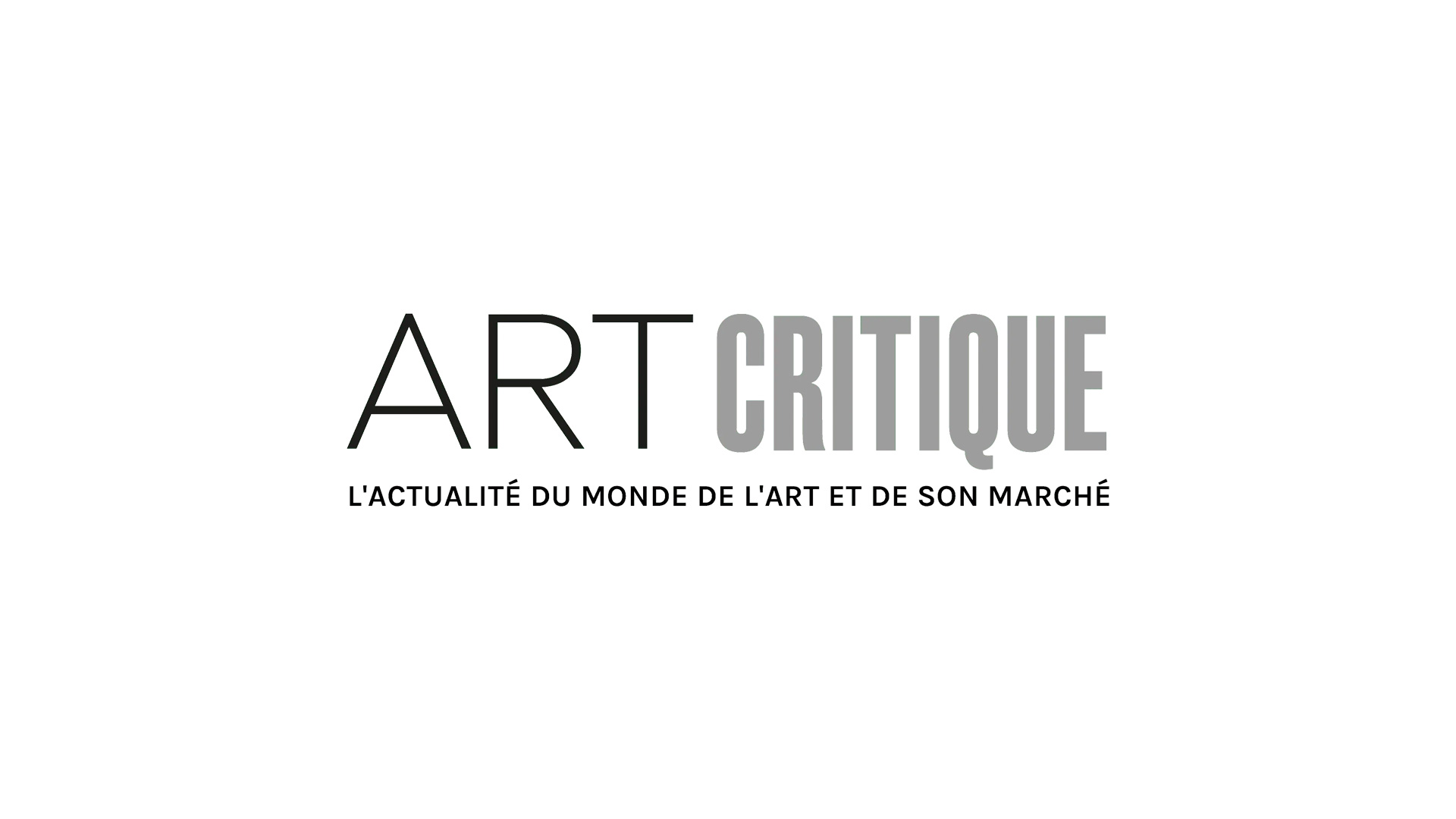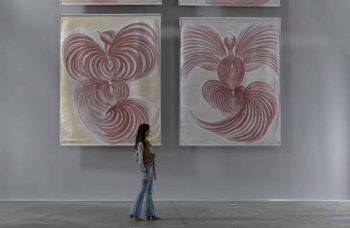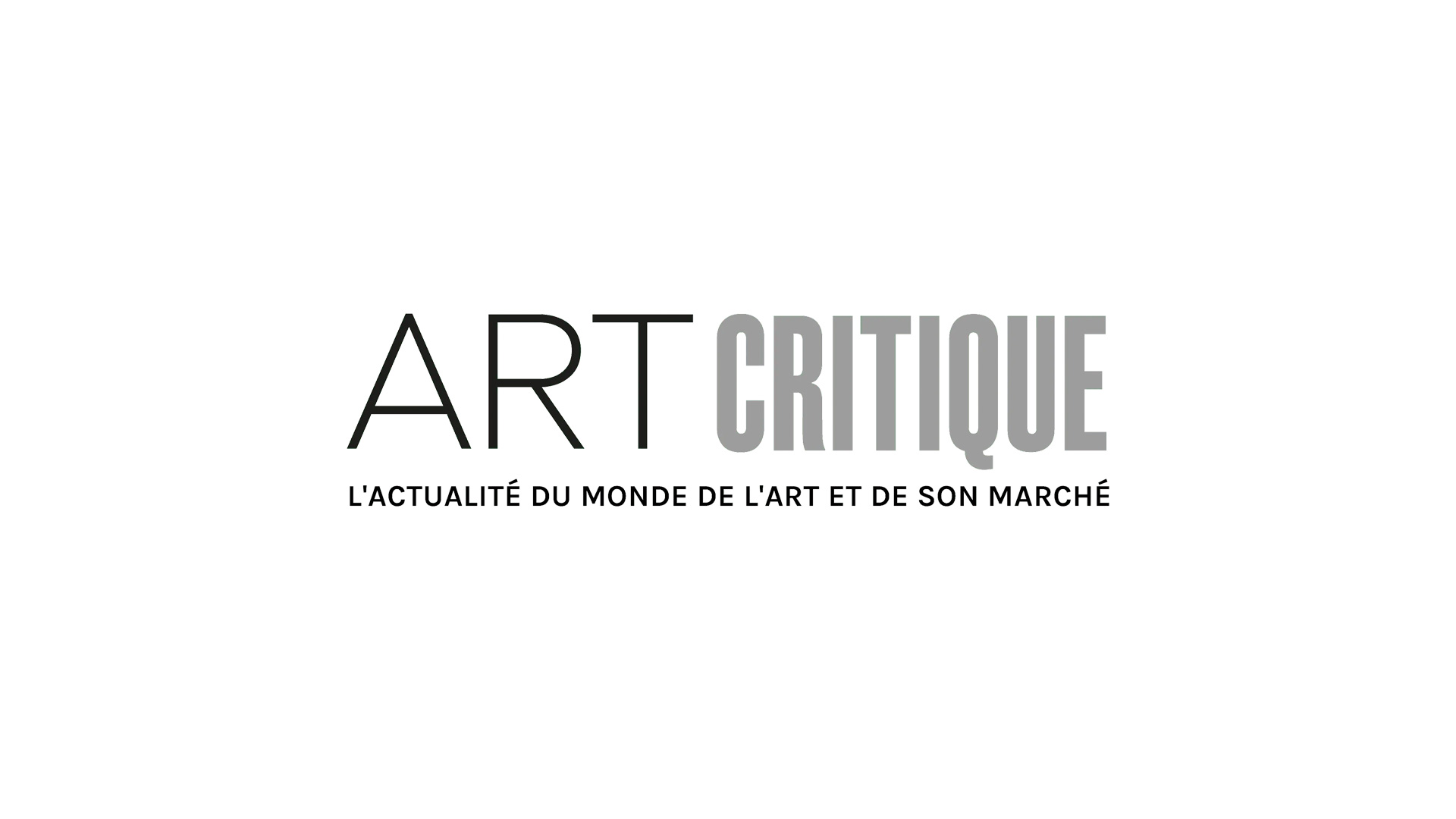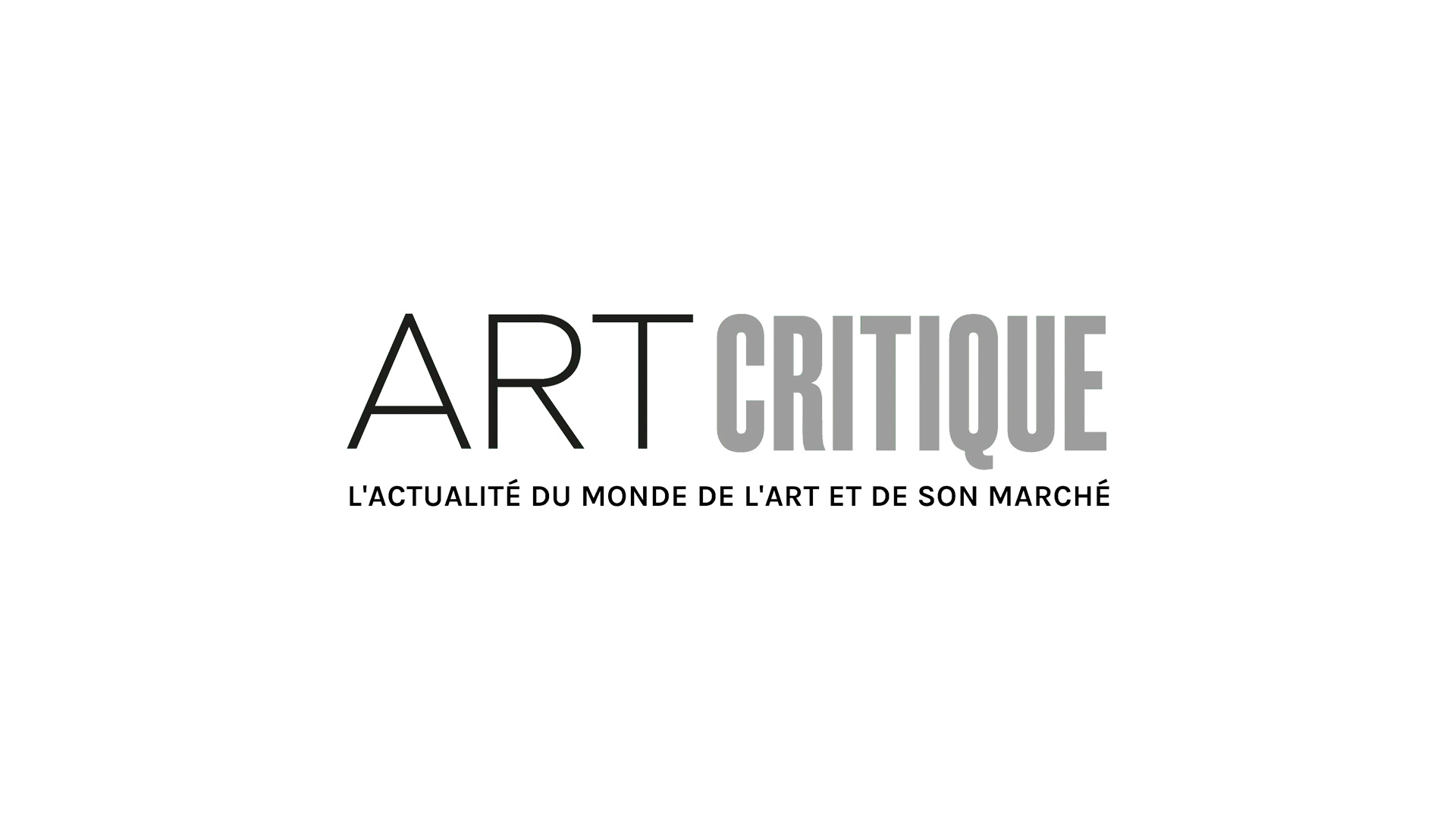Ahead of their scheduled reopening next week, the Whitney Museum of American Art has found themselves in yet another controversy. Yesterday, the museum announced that it was cancelling a forthcoming exhibition entitled “Collective Actions: Artist Intervention In A Time of Change” after artists, whose works were meant to be included in the show, pushed back citing issues of improper consultation and compensation.
In the wake of the deaths of George Floyd and many other Black people in the US, the Whitney, like many others, pledged to do better on behalf of BIPOC (Black, Indigenous, and People of Colour) artists. “In the coming months, the Whitney will re-examine our exhibitions and programs to ensure they continue to address the art and experiences of people of color, especially Black communities.” However, the Whitney’s recent actions in relation to artists of colour and their works through “Collective Actions” seem to directly contradict their statement.
According to a now-deleted press release for the exhibition, “Collective Actions” would highlight “prints, photographs, posters, and digital files that have been created this year in response to the COVID-19 pandemic and the Black Lives Matter movement.” A full list of artists was never released, but on Tuesday morning, an email was sent to those whose works would be part of the show, including artists Dana Scruggs, Gioncarlo Valentine, Texas Isaiah, and Fields Harrington. In the email, Farris Wahbeh, curator for the Whitney, expressed the museum’s excitement in acquiring the artists’ works and offered them an Artist Lifetime Pass, which would allow them and a guest free access to the museum. Immediately after artists received the email, it was shared on social media by a number of artists alongside frustration, anger, and condemnation of the museum’s actions.
The most pressing grievance raised by artists was that the works “acquired” were bought at discounted prices through organisations set up to further the Black Lives Matter movement that benefited racial justice charities, like the National Black Justice Coalition and the Bail Project, among others. Through such organisations, like See in Black and Poetry for Persistence, works that could typically sell for thousands went for a fraction of the price, sometimes just $40 (£30) or $100 (£76), and in some cases, free. The purpose of these sales was not only to raise money for charities, but also to make artworks more accessible to those who might never be able to afford such works. Additionally, the Whitney did not consult any artists to gain their permission for using their works, many of which were unsigned, untitled, and never intended to be in a museum setting.
Many artists, art critics, and more took to Twitter to call out the Whitney who fed off charity sales while also disrespecting Black artists by not paying them in full for their works. “I can’t believe how EVIL it is for the Whitney to ‘acquire’ movement art priced w intent for the community to use for fundraising/flyering,” tweeted writer Muna Mire in response to the Whitney’s actions. “So extractive to turn around and parrot social justice language in a show that accomplishes precisely what it positions itself to be against.”
In addition to the lack of compensation, the works acquired by the Whitney would be included in a special collection reserved for research as opposed to their permanent collection. Such actions, as pointed out by art critic Antwaun Sargent in a tweet, reduces the artworks to ephemera. In doing so, the Whitney further degraded the position of the artists it had hoped to uplift.
Upon cancelling the exhibition, Wahbeh wrote to artists stating: “My sincere hope in collecting them was to build on a historical record of how artists directly engage the important issues of their time. Going forward, we will study and consider further how we can better collect and exhibit artworks and related material that are made and distributed through these channels. I understand how projects in the past several months have a special resonance and I sincerely want to extend my apologies for any pain that the exhibition has caused.”
For some artists, though, cancelling the exhibition was not the best solution. “Instead of canceling,” said Scruggs told The New York Times, “they should actually pay us for the full price of our work and hold the exhibition instead of cowering in the face of everyone calling them out.”





